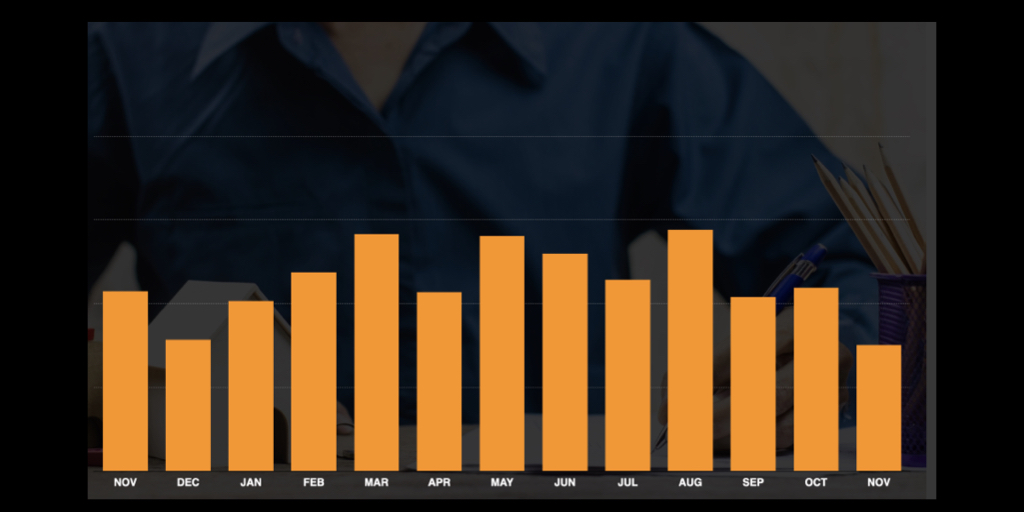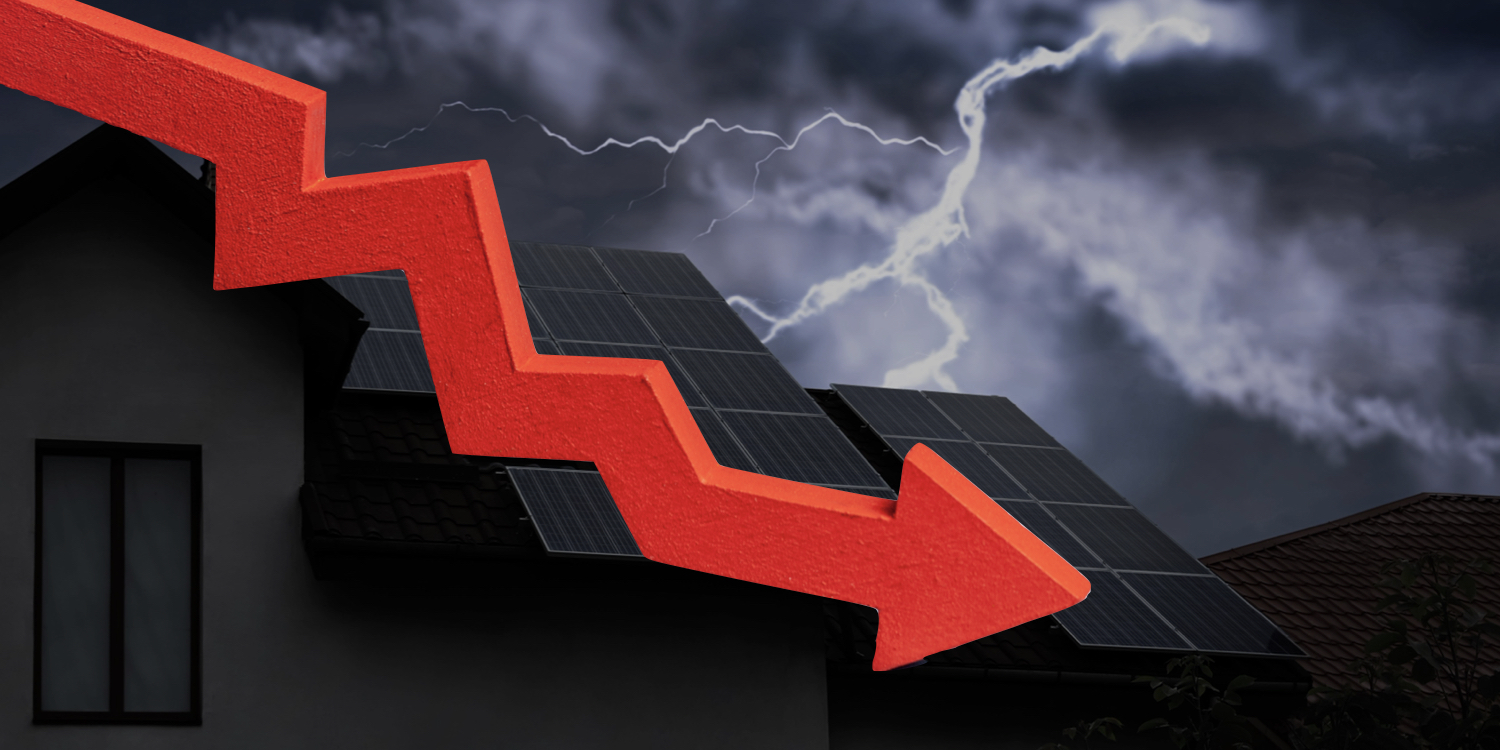The ‘housing crash’ bros got it wrong predicting a crash in 2022. But will they eventually be proven right?
Continue readingHas the Housing Crash Been Canceled?
Has the housing market crash been canceled? That is the question many real estate and mortgage professionals are asking after a year of housing crash predictions have failed to materialize- at least nationwide
Continue readingThe Most Vulnerable Housing Markets
HECM loan application activity falls
The 2023 housing market forecast
This week we look at what reverse mortgage professionals may expect of home values in 2023
Continue readingAre we surprised?
We shouldn’t be surprised at the state of today’s housing market. Not one bit. What we can do is glean a few valuable lessons along the way such as…
Continue readingFannie Mae economists downgrade their housing forecast.
[Housing Wire] It will get worse for the housing market – and mortgage industry – before it gets better. That’s the takeaway from a group of economists at Fannie Mae who slashed their forecast for 2022 home sales this week
Continue reading10 cities where senior home equity is most at risk
Senior home equity is at risk as the housing market begins the big shift…
Continue readingSpring Fever Will Benefit Senior Homeowners
The continued surge in housing prices has confounded economists, housing experts, and investors alike…
Continue readingFew worried about a housing bubble- just like last time
Unable to use the embedded player? Listen here.
EPISODE #694
CNN Business: No one seems worried about a housing bubble. Just like last time the bubble burst
Good news. Few economists, if any, believe that the housing market will crash. The bad news most experts believed the same in the months and years leading up to the 2008 housing market crash.
Other Stories:
-
If You Get This Message About Your Mortgage, Contact Authorities, FBI Says
-
Another lender is offering a reverse mortgage for Generation X









 HSom
HSom







